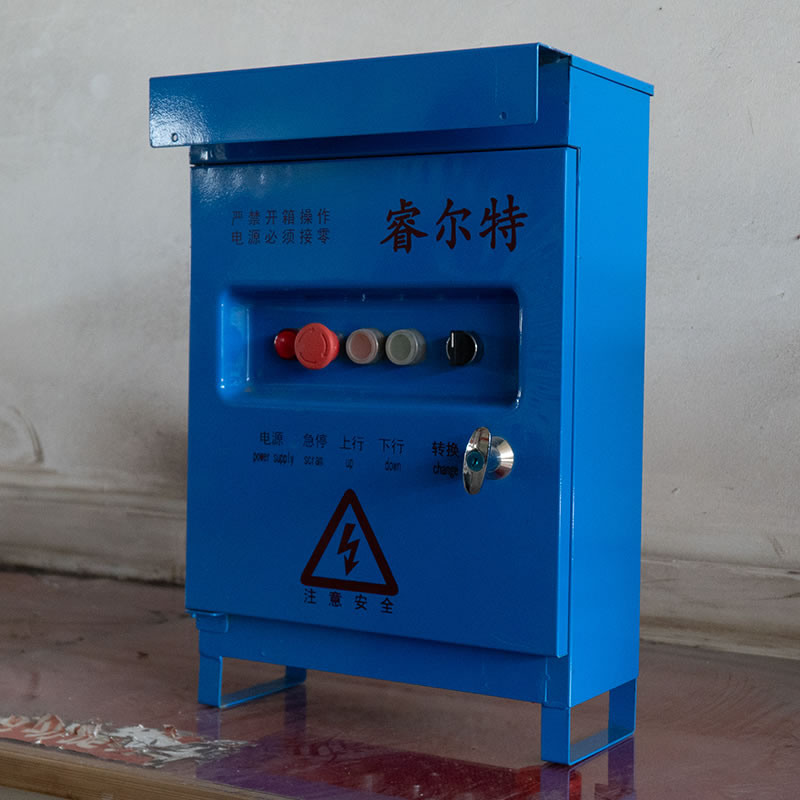How does a Power Distribution Box work
Power Distribution Box is a device that provides power distribution and control for electric hanging baskets, and its working principle includes power access, circuit protection, control elements, motor control, indication and monitoring, and manual and automatic control.
The Power Distribution Box is connected to the site's main power supply via a dedicated cable, ensuring a safe and stable introduction of alternating current (usually 380V or 220V, depending on the box design and local standards). The interior is equipped with protective devices such as fuses, leakage protection switches and thermal relays. The control element consists of multiple contactors, controlled by buttons or travel switches, which control the power on and off of the motor. Motor control to achieve accurate control of the basket movement, the Power Distribution Box usually has a power indicator, working status indicator, etc., so that the operator can intuitively understand the operating status of the system. Some distribution boxes are also integrated with monitoring instruments such as voltmeters and ammeters to help real-time monitoring of power parameters, while supporting manual and automatic control modes. Through these collaborative efforts, the Power Distribution Box ensures safe and efficient work at altitude.





